Despite its remarkable geomorphological, ecological, and touristic value, the coastal sector of the Apulia region (Southern Italy) hosts three of the main contaminated Italian sites (Sites of National Interest, or SINs), for which urgent environmental remediation and reclamation actions are required. These sites are affected by intense coastal modification and diffuse environmental pollution due to the strong industrialization and urbanization processes that have been taking place since the second half of the XIX century. The Apulian coastal SINs, established by the National Law 426/1998 and delimited by the Ministerial Decree of 10 January 2000, include large coastal sectors and marine areas, which have been deeply investigated by the National Institution for the Environmental Research and Protection (ISPRA) and the Regional Agency for the Prevention and Protection of the Environment (ARPA) with the aim of obtaining a deep environmental characterization of the marine matrices (sediments, water, and biota). High-resolution and multidisciplinary investigations focused on the geo-environmental characterization of the coastal basins in the SIN Taranto site have been funded by the “Special Commissioner for the urgent measures of reclamation, environmental improvements, and redevelopment of Taranto”.
- coastal contaminated sites
- geo-morphodynamic model
- reclamation activities
1. Introduction
2. Reports Concerning the Characterisation of the Contaminated Sites in Italy
3. Summary of the Characterisation Activities Performed from 2004 to 2015
4. Summary of the Characterisation Activities Founded by the Special Commissioner for Urgent Measures of Reclamation, Environmental Improvements, and Redevelopment of Taranto from 2015
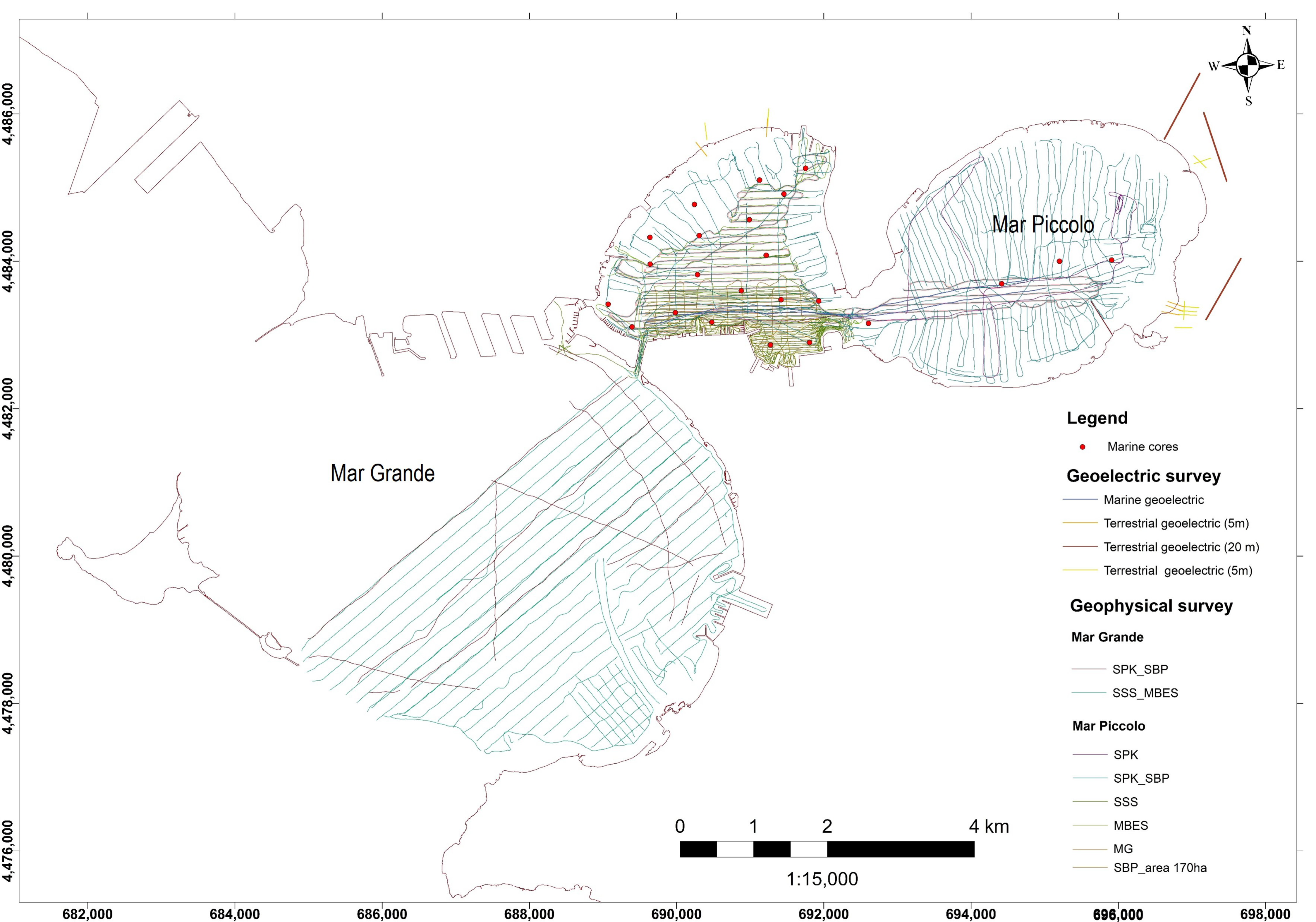
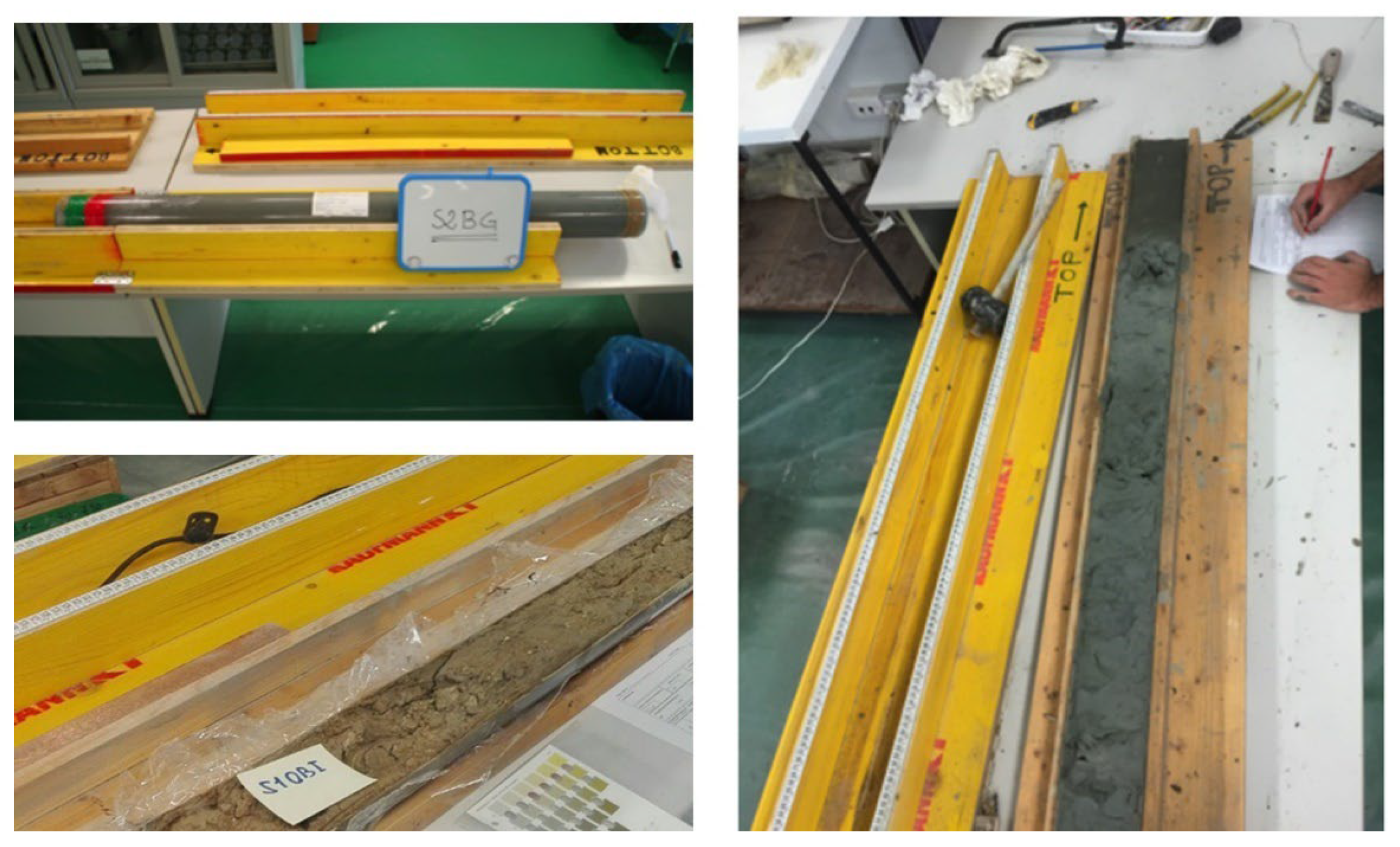
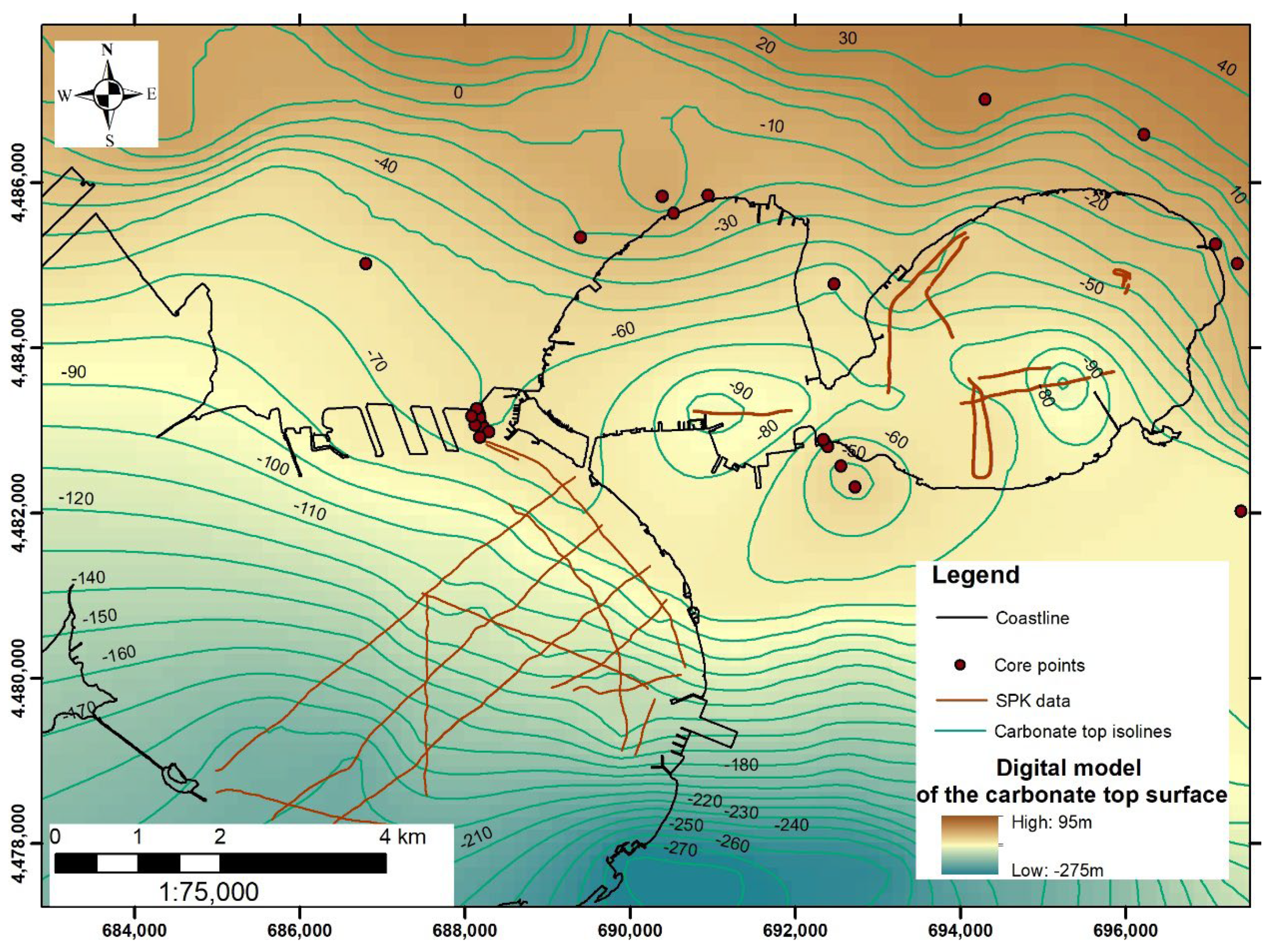
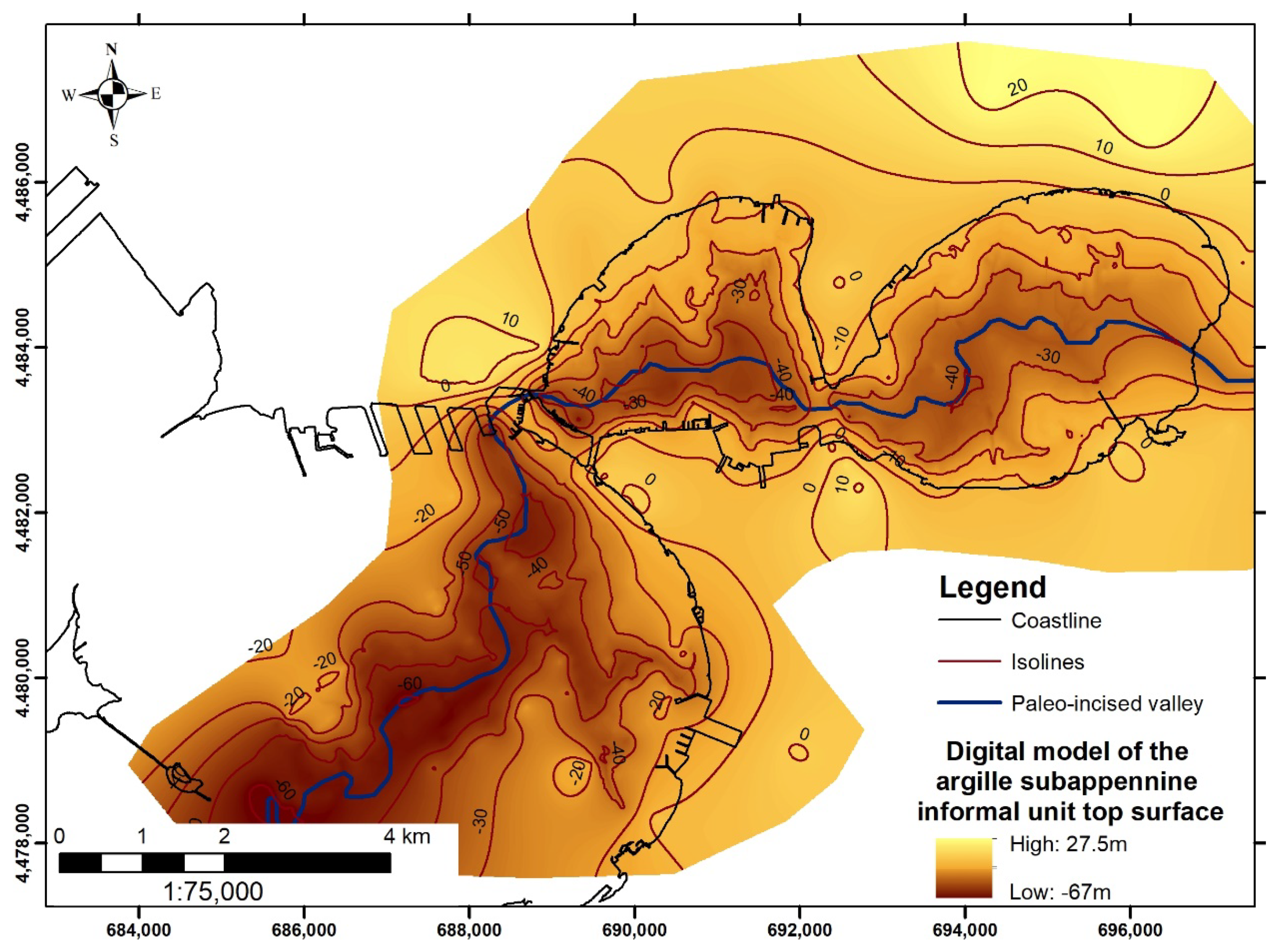
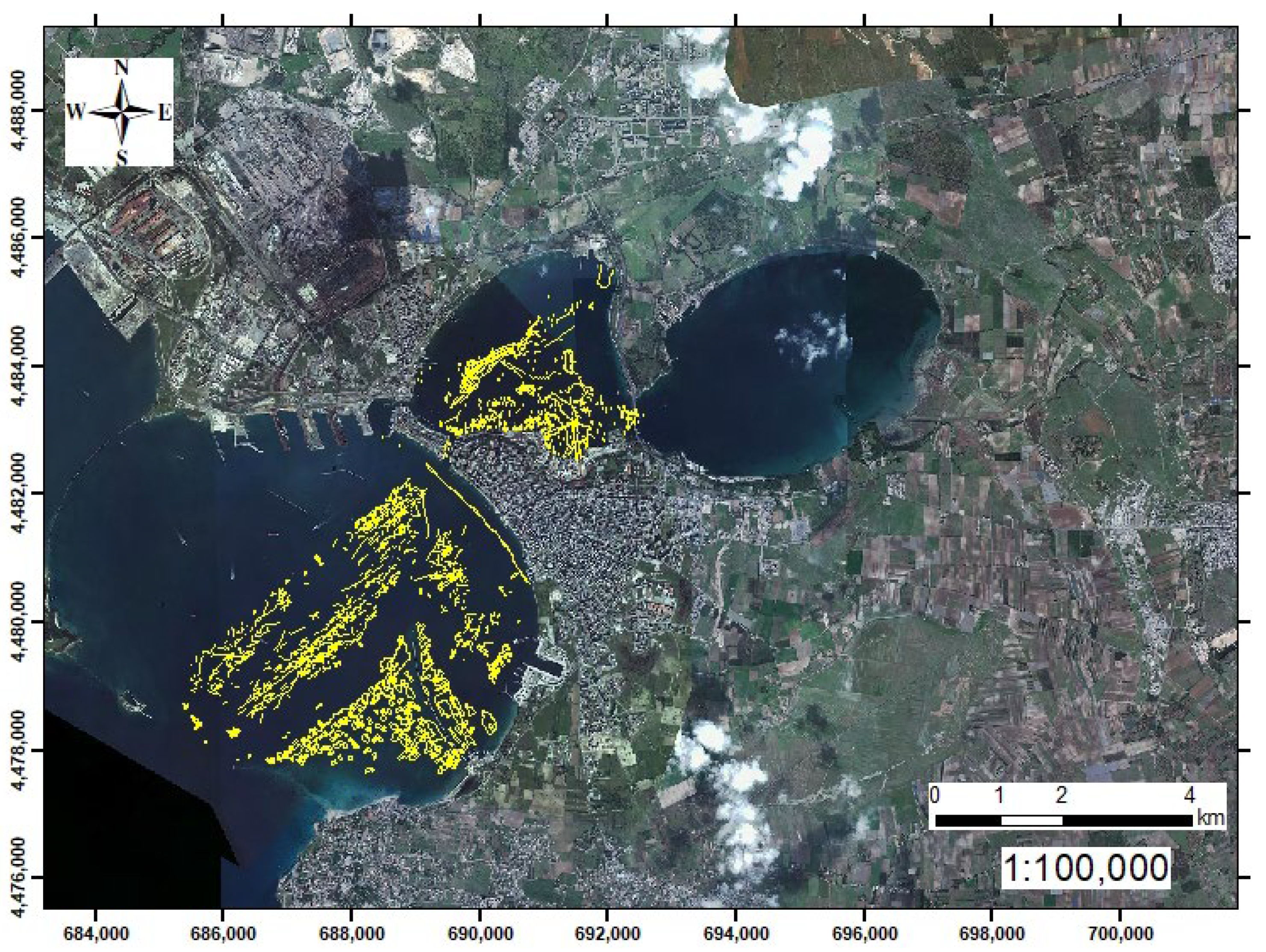
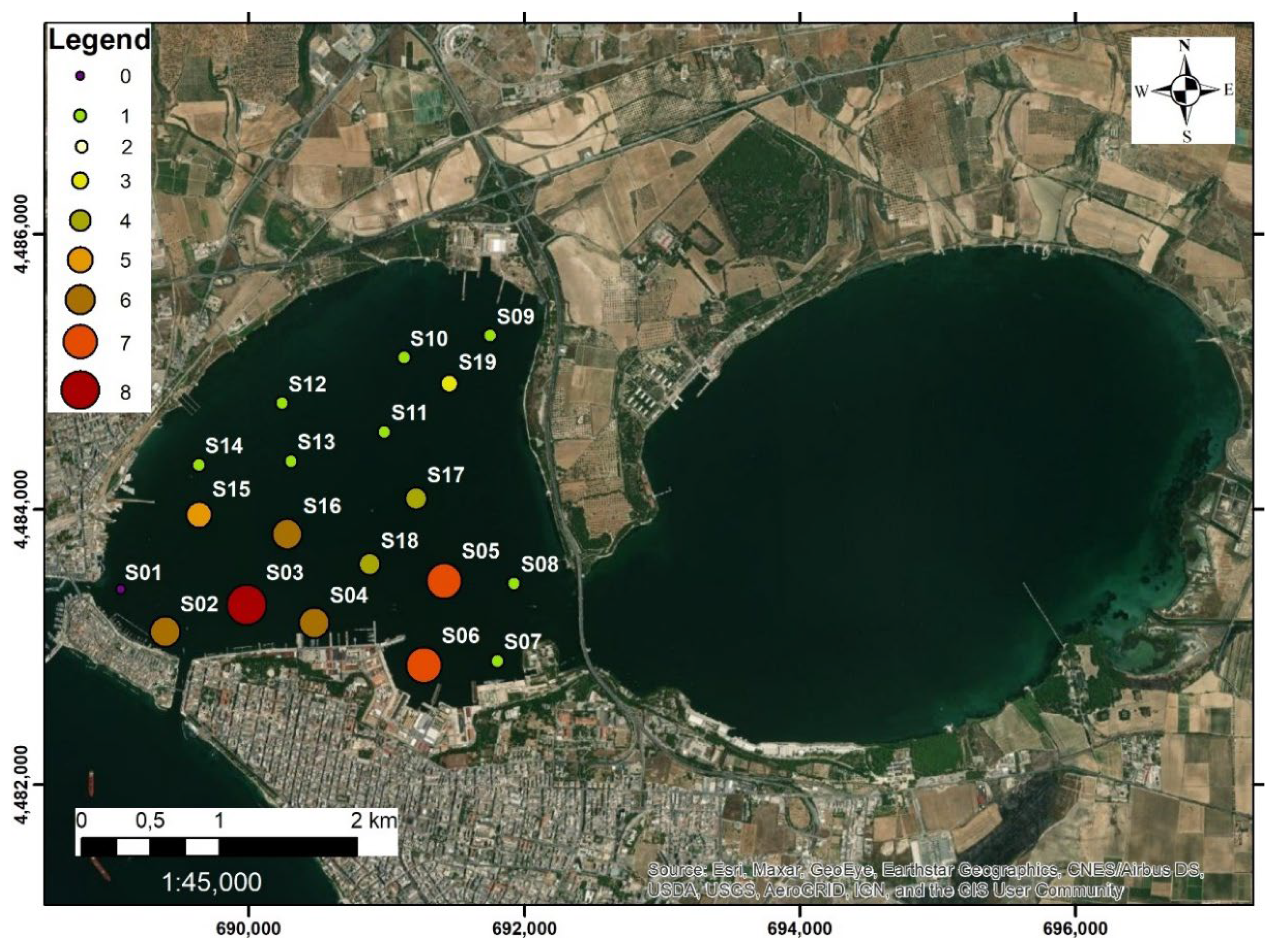
This entry is adapted from the peer-reviewed paper 10.3390/land11060878
References
- Gómez, J.A. SUPERFUND: EPA Should Take Additional Actions to Manage Risks from Climate Change Effects; GAO-20-73; U.S. Government Accountability Office: Washington, DC, USA, 2019; p. 66.
- Manzoor, R.; Zhang, T.; Zhang, X.; Wang, M.; Pan, J.-F.; Wang, Z.; Zhang, B. Single and Combined Metal Contamination in Coastal Environments in China: Current Status and Potential Ecological Risk Evaluation. Environ. Sci. Pollut. Res. Int. 2018, 25, 1044–1054.
- Minkina, T.M.; Nevidomskaya, D.G.; Pol’shina, T.N.; Fedorov, Y.A.; Mandzhieva, S.S.; Chaplygin, V.A.; Bauer, T.V.; Burachevskaya, M.V. Heavy Metals in the Soil–Plant System of the Don River Estuarine Region and the Taganrog Bay Coast. J. Soils Sediments 2017, 17, 1474–1491.
- Micheli, F.; Halpern, B.S.; Walbridge, S.; Ciriaco, S.; Ferretti, F.; Fraschetti, S.; Lewison, R.; Nykjaer, L.; Rosenberg, A.A. Cumulative Human Impacts on Mediterranean and Black Sea Marine Ecosystems: Assessing Current PressuRes. and Opportunities. PLoS ONE 2013, 8, e79889.
- Civili, F.S. The Land-Based Pollution of the Mediterranean Sea: Present State and Prospects; IEMed: New Delhi, India, 2010; p. 5.
- Lehoux, A.P.; Petersen, K.; Leppänen, M.T.; Snowball, I.; Olsen, M. Status of Contaminated Marine Sediments in Four Nordic Countries: Assessments, Regulations, and Remediation Approaches. J. Soils Sediments 2020, 20, 2619–2629.
- Brand, J.H.; Spencer, K.L.; O’shea, F.T.; Lindsay, J.E. Potential Pollution Risks of Historic Landfills on Low-Lying Coasts and Estuaries. WIREs Water 2018, 5, e1264.
- ISPRA Siti di Interesse Nazionale (SIN). Available online: https://www.isprambiente.gov.it/it/attivita/suolo-e-territorio/siti-contaminati/siti-di-interesse-nazionale-sin (accessed on 3 May 2022).
- Zoumis, T.; Schmidt, A.; Grigorova, L.; Calmano, W. Contaminants in Sediments: Remobilisation and Demobilisation. Sci. Total Environ. 2001, 266, 195–202.
- Fichet, D.; Boucher, G.; Radenac, G.; Miramand, P. Concentration and Mobilization of Cd, Cu, Pb and Zn by Meiofauna Populations Living in Harbour Sediment: Their Role in the Heavy Metal Flux from Sediment to Food Web. Sci. Total Environ. 1999, 243–244, 263–272.
- Linnik, P.M.; Zubenko, I.B. Role of Bottom Sediments in the Secondary Pollution of Aquatic Environments by Heavy-Metal Compounds. Lakes Reserv. Sci. Policy Manag. Sustain. Use 2000, 5, 11–21.
- Spada, L.; Annicchiarico, C.; Cardellicchio, N.; Giandomenico, S.; di Leo, A. Mercury and Methylmercury Concentrations in Mediterranean Seafood and Surface Sediments, Intake Evaluation and Risk for Consumers. Int. J. Hyg. Environ. Health 2012, 215, 418–426.
- Baldrighi, E.; Semprucci, F.; Franzo, A.; Cvitkovic, I.; Bogner, D.; Despalatovic, M.; Berto, D.; Formalewicz, M.M.; Scarpato, A.; Frapiccini, E.; et al. Meiofaunal Communities in Four Adriatic Ports: Baseline Data for Risk Assessment in Ballast Water Management. Mar. Pollut. Bull. 2019, 147, 171–184.
- Bellas, J.; Nieto, Ó.; Beiras, R. Integrative Assessment of Coastal Pollution: Development and Evaluation of Sediment Quality Criteria from Chemical Contamination and Ecotoxicological Data. Cont. Shelf Res. 2011, 31, 448–456.
- Ausili, A.; Bergamin, L.; Romano, E. Environmental Status of Italian Coastal Marine Areas Affected by Long History of Contamination. Front. Environ. Sci. 2020, 8, 34.
- ISPRA. Criteri per La Elaborazione di Piani di Gestione Dell’inquinamento diffuso; ISPRA-Manuali e Linee Guida 146/2017; ISPRA: Rome, Italy, 2017; p. 23.
- APAT. Manuale per Le Indagini Ambientali Nei Siti Contaminati; APAT-Manuali e linee guida 43/2006; ISPRA: Rome, Italy, 2006; p. 202.
- ISPRA. Linee Guida per la Determinazione dei Valori di Fondo per i Suoli e per le Acque Sotterranee; SNPA Linee guida 08/2018; ISPRA: Rome, Italy, 2018; p. 318.
- APAT/ICRAM. Manuale per La Movimentazione dei Sedimenti Marini; ISPRA: Rome, Italy, 2007.
- Lisi, I.; Feola, A.; Bruschi, A.; di Risio, M.; Pedroncini, A.; Pasquali, D.; Romano, E. La Modellistica Matematica nella Valutazione Degli Aspetti Fisici Legati alla Movimentazione dei Sedimenti in Aree Marino-Costiere; ISPRA: Rome, Italy, 2017; p. 144.
- Araneo, F.; Bartolucci, E.; Vecchio, A. Synthesis of the Report “Status of Contaminated Sites Management in Italy: Regional Data”; ISPRA: Rome, Italy, 2021; p. 22.
- ISPRA. Elaborazione e Valutazione Dei Risultati della Caratterizzazione Ai Fini della Individuazione Degli Opportuni Interventi di Messa in Sicurezza e Bonifica Del Sito di Interesse Nazionale di Taranto—Mar Grande II Lotto e Mar Piccolo; CII-El-PU-TA-Mar Grande II Lotto e Mar Piccolo-01.06 2010; ISPRA: Rome, Italy, 2010; p. 90.
- Labianca, C.; De Gisi, S.; Todaro, F.; Notarnicola, M. DPSIR Model Applied to the Remediation of Contaminated Sites. A Case Study: Mar Piccolo of Taranto. Appl. Sci. 2020, 10, 5080.
- Trinchera, G.; Ungaro, N.; Blonda, M.; Gramegna, D.; Lacarbonara, M.; Cunsolo, S.; Renna, R. Approfondimento Tecnico-Scientifico Sulle Interazioni tra il Sistema Ambientale ed i Flussi di Contaminanti da Fonti Primarie e Secondarie Nel Mar Piccolo di Taranto. In Proceedings of the ECOMONDO 2015, Rome, Italy, 3–6 November 2015; p. 7.
- Giandomenico, S.; Cardellicchio, N.; Spada, L.; Annicchiarico, C.; Di Leo, A. Metals and PCB Levels in Some Edible Marine Organisms from the Ionian Sea: Dietary Intake Evaluation and Risk for Consumers. Environ. Sci. Pollut. Res. 2016, 23, 12596–12612.
- Cardellicchio, N.; Covelli, S.; Cibic, T. Integrated Environmental Characterization of the Contaminated Marine Coastal Area of Taranto, Ionian Sea (Southern Italy). Environ. Sci. Pollut. Res. Int. 2016, 23, 12491–12494.
- Cardellicchio, N.; Annicchiarico, C.; di Leo, A.; Giandomenico, S.; Spada, L. The Mar Piccolo of Taranto: An Interesting Marine Ecosystem for the Environmental Problems Studies. Environ. Sci. Pollut. Res. Int. 2016, 23, 12495–12501.
- Pirastu, R.; Comba, P.; Iavarone, I.; Zona, A.; Conti, S.; Minelli, G.; Manno, V.; Mincuzzi, A.; Minerba, S.; Forastiere, F.; et al. Environment and Health in Contaminated Sites: The Case of Taranto, Italy. J. Environ. Public Health 2013, 2013, 753719.
- Valenzano, E.; Scardino, G.; Cipriano, G.; Fago, P.; Capolongo, D.; De Giosa, F.; Lisco, S.; Mele, D.; Moretti, M.; Mastronuzzi, G. Holocene Morpho-Sedimentary Evolution of the Mar Piccolo Basin (Taranto, Southern Italy). Geogr. Fis. Din. Quat. 2018, 41, 119–135.
- Cotecchia, F.; Vitone, C.; Sollecito, F.; Mali, M.; Miccoli, D.; Petti, R.; Milella, D.; Ruggieri, G.; Bottiglieri, O.; Santaloia, F.; et al. A Geo-Chemo-Mechanical Study of a Highly Polluted Marine System (Taranto, Italy) for the Enhancement of the Conceptual Site Model. Sci. Rep. 2021, 11, 4017.
- Quarta, G.; Fago, P.; Calcagnile, L.; Cipriano, G.; D’Elia, M.; Moretti, M.; Scardino, G.; Valenzano, E.; Mastronuzzi, G. 14C Age Offset in the Mar Piccolo Sea Basin in Taranto (Southern Italy) Estimated on Cerastoderma Glaucum (Poiret, 1789). Radiocarbon 2019, 61, 1387–1401.
- De Giosa, F.; Lisco, S.N.; Mastronuzzi, G.; Moretti, M.; Rizzo, A.; Scardino, G.; Scicchitano, G.; Valenzano, E.; Capasso, G.; Velardo, R.; et al. La Geologia Marina di Taranto: La Base Fisica per Lo Studio Dell’inquinamento Antropico Nel Settore Settentrionale Del Mar Ionio. In Abstract Book della Società Geologica Italiana, “La Geologia Marina in Italia, Quarto Convegno dei Geologi Marini Italiani"; Chiocci, F.L., Budillon, F.B., Ceramicola, S., Gamberi, F., Loreto, M.F., Senatore, M.R., Spagnoli, F., Sulli, A., Eds.; Società Geologica Italiana: Rome, Italy, 2021; p. 74.
- Valenzano, E.; D’Onghia, M.; De Giosa, F.; Demonte, P. Morfologia Delle Sorgenti Sottomarine Dell’area di Taranto (Mar Ionio). Mem. Descr. Carta Geol. It. 2020, 105, 65–69.
- Bracchi, V.; Marchese, F.; Savini, A.; Chimienti, G.; Mastrototaro, F.; Tessarolo, C.; Cardone, F.; Tursi, A.; Corselli, C. Seafloor Integrity of the Mar Piccolo Basin (Southern Italy): Quantifying Anthropogenic Impact. J. Maps 2016, 12, 1–11.
- Tursi, A.; Corbelli, V.; Cipriano, G.; Capasso, G.; Velardo, R.; Chimienti, G. Mega-Litter and Remediation: The Case of Mar Piccolo of Taranto (Ionian Sea). Rend. Fis. Acc. Lincei 2018, 29, 817–824.
- Massari, F.; Cotugno, P.; Tursi, A.; Milella, P.; Lisco, S.; Scardino, G.; Scicchitano, G.; Rizzo, A.; Valenzano, E.; Moretti, M.; et al. Mapping of Organotin Compounds in Sediments of Mar Piccolo (Taranto, Italy) Using Gas Chromatography-Mass Spectrometry Analysis and Geochemical Data; IEEE: Piscataway, NJ, USA, 2021; pp. 21–26.
- Long, E.R.; Macdonald, D.D.; Smith, S.L.; Calder, F.D. Incidence of Adverse Biological Effects within Ranges of Chemical Concentrations in Marine and Estuarine Sediments. Environ. Manag. 1995, 19, 81–97.
- Long, E.R. Calculation and Uses of Mean Sediment Quality Guideline Quotients: A Critical Review. Environ. Sci. Technol. 2006, 40, 1726–1736.
- O’Connor, T.P. The Sediment Quality Guideline, ERL, Is Not a Chemical Concentration at the Threshold of Sediment Toxicity. Mar. Pollut. Bull. 2004, 49, 383–385.
- Birch, G.F. A Review of Chemical-Based Sediment Quality Assessment Methodologies for the Marine Environment. Mar. Pollut. Bull. 2018, 133, 218–232.
